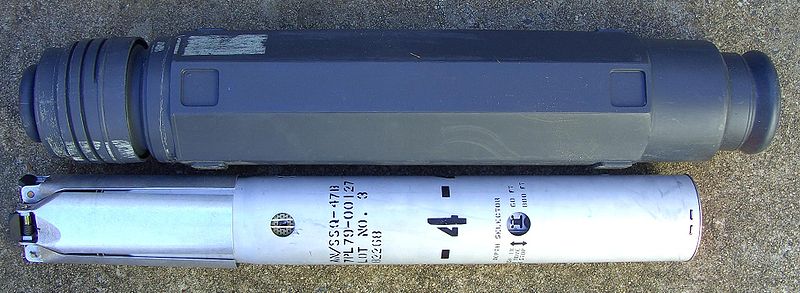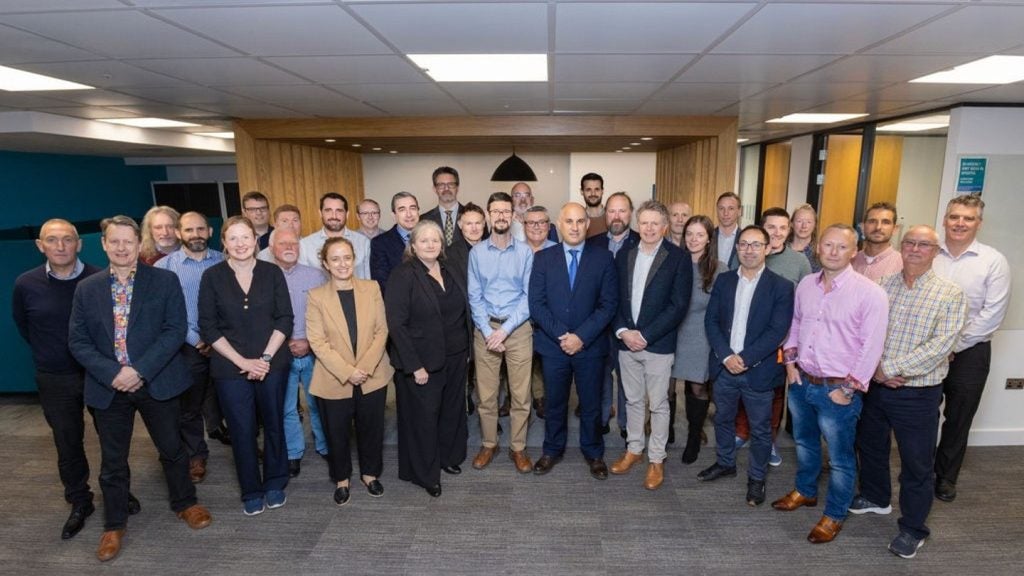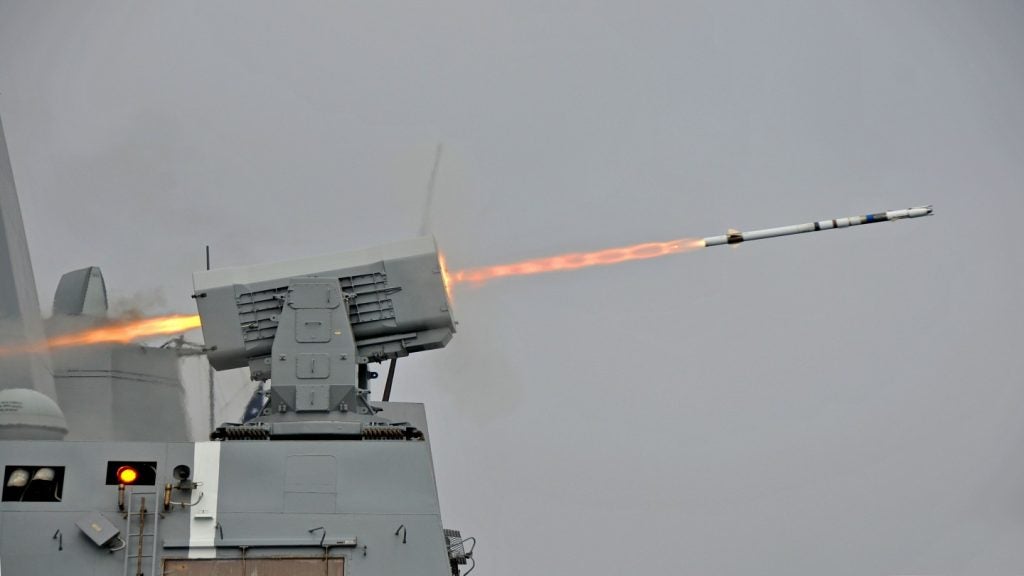
ERAPSCO, a joint venture between Sparton and Ultra Electronics (ULE) subsidiary USSI, has received subcontracts from the US Navy for the supply of sonobuoys.
Under the $14.4m and $11m production deals to Sparton Electronics and USSI respectively, ERAPSCO will supply AN/SSQ-125 multistatic active coherent (MAC) Source sonobuoys.
Featuring digital signal processing and compass capability, the A-size, expendable AN/SSQ-125 MAC sonobuoy enables airborne navy personnel to perform bearing verification, target localisation and tracking.
Designed to provide support to the US Naval antisubmarine forces, the Q125 sonobuoy can be used to locate and identify acoustic emissions or reflections from enemy submarines and transmit signals to the navy airborne anti-submarine warfare forces.
Prior to deployment, the AN/SSQ-125’s RF channel can be programmed to any of the standard sonobuoy operating channels and can be changed to its operating parameters or in depths, generate a ping, or scuttle while on a mission.
The underwater signalling and receiving device also provides accurate detection of very quiet diesel submarines or a submarine in attack mode, while assisting the navy in adverse environmental conditions.
Capable of generating a variety of waveforms, the AN/SSQ-125 can be used with the AN/SSQ-53F, AN/SSQ-77C and AN/SSQ-101 (ADAR) sonobuoys.
Work under the latest contract will be carried out at Sparton’s facility in DeLeon Springs, Florida, as well as at USSI’s facility in Columbia City, Indiana, and is scheduled to be complete by June 2014.
ERAPSCO is also developing 17,000 passive AN/SSQ-53F sonobuoys for the navy, under a separate $12.9m contract awarded in June this year.
The Q-53F sonobuoys feature electronic function select (EFS) and command function select (CFS), which can be used by the operator to choose the mode of operation, such as sensor selection and other settings, including buoy life, depth setting, AGC level and RF channel.
Image: An active sonar AN/SSQ-47B sonobuoy. Photo: courtesy of Peter Ellis.








